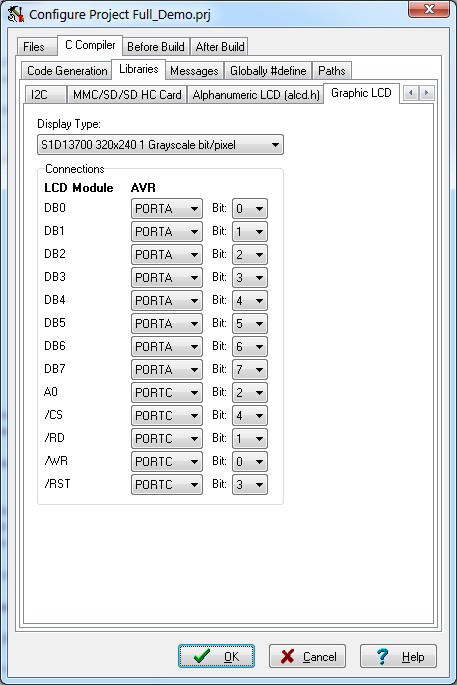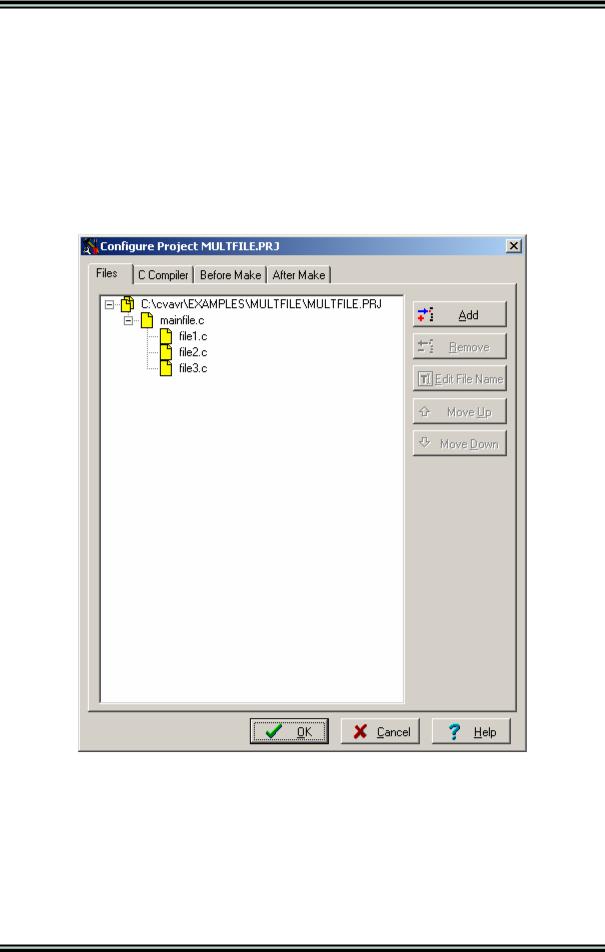
- How to multiply bytes in codevisionavr serial#
- How to multiply bytes in codevisionavr update#
- How to multiply bytes in codevisionavr software#
How to multiply bytes in codevisionavr update#
shift states y2 = y1 y1 = y0 x2 = x1 x1 = x0 PWM1DCReg = y0 + 0x80 // Add back DC offset and Update PWM register PORTB = ~PORTB // Toggle output port to allow measurement of ISR / Sampling Rate } // Declare your global variables here void main(void) ħ.2 Matlab Souce Code From nbfilter.m close all clear all hold off % Digital Filter On Micro-controller Project (ATmega163L) % Atmel 8-Bit AVR % Written By Michael J.
How to multiply bytes in codevisionavr serial#
How to multiply bytes in codevisionavr software#

The ATmega163 belongs to the Atmel AVR family of 8-bit RISC microcontrollers. The part selected to implement a simple 2nd order digital filter is the ATmega163. With on-chip in-system programmable Flash and EEPROM, the AVR is a reasonable choice to optimize for cost and get products to market quickly. AVR instructions are tuned to decrease the size of the program whether the code is written in C or Assembly. Internal oscillators, timers, UART, SPI, pull-up resistors, pulse width modulation, ADC, analog comparator and watch dog timers are some of the features in AVR devices. Atmel AVR Summary Atmel's AVR microcontrollers have a RISC core running single cycle instructions and a welldefined I/O structure that limits the need for external components. Overall system performance was also observed.Ģ. Issues relating to sampling rate, fixed point mathematics, and signal reconstruction were observed and investigated.

In particular a 1KHz center frequency, 500 Hz bandwidth narrow band filter was implemented. Project Summary The purpose of this project was to investigate the issues relating to the implementation of a digital filter on a low cost microcontroller platform rather than an expensive and special purpose Digital Signal Processor (DSP) system. 5.3.įilter Design Fixed Point Representation Fixed Point EffectsĦ. Narrow Band Filter Implementation On A Low Cost Microcontroller Issues and Performance ©2001 Erick L.


 0 kommentar(er)
0 kommentar(er)
